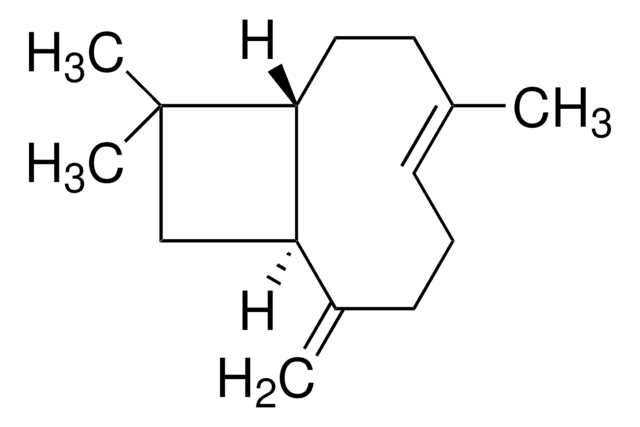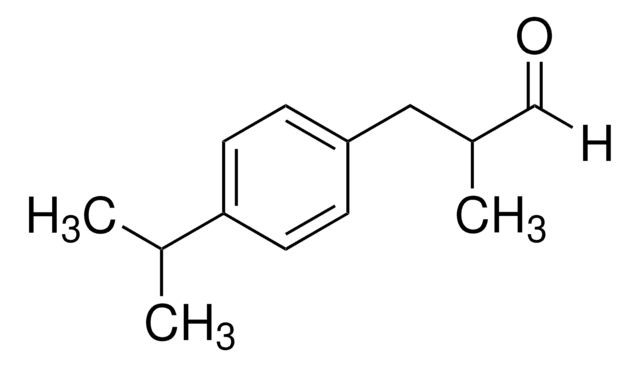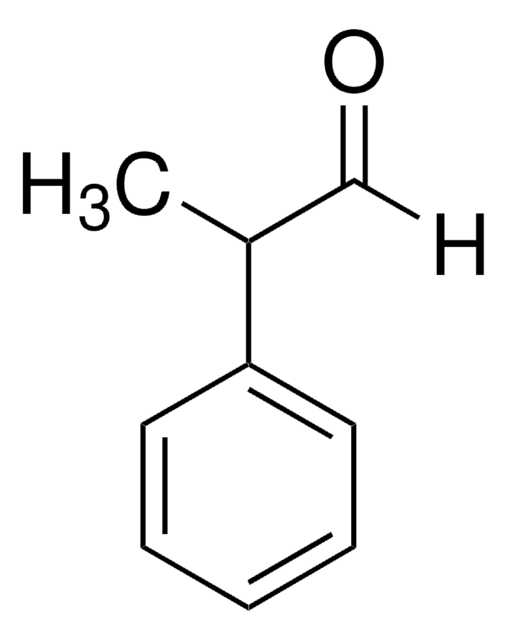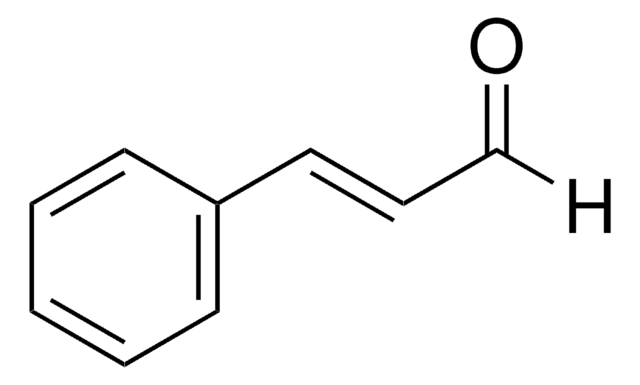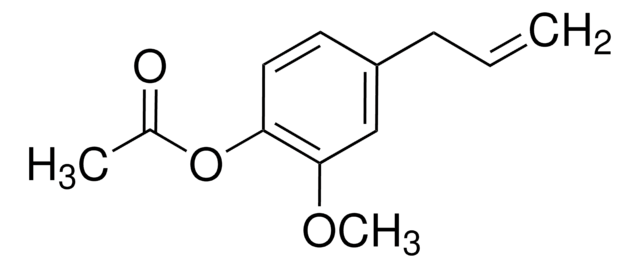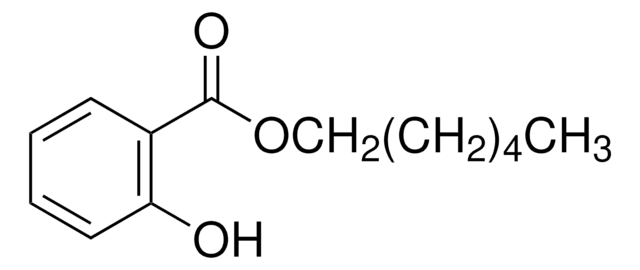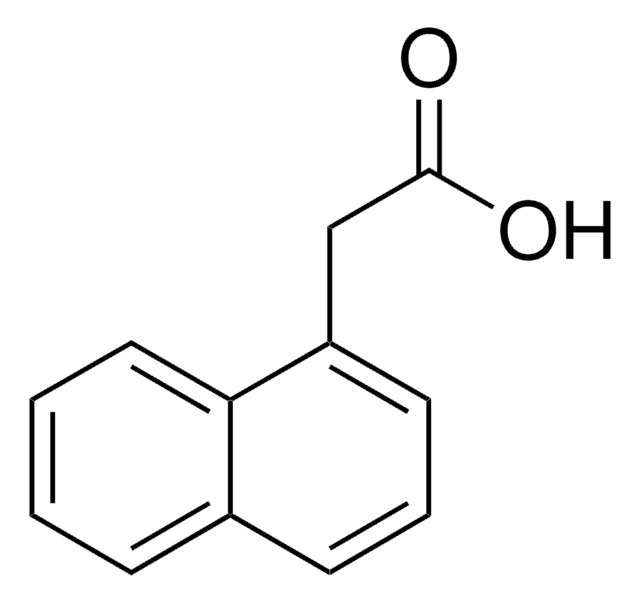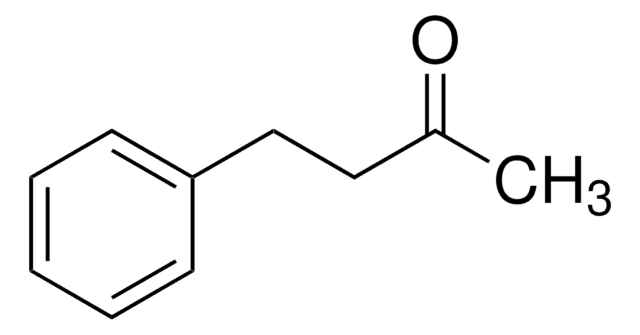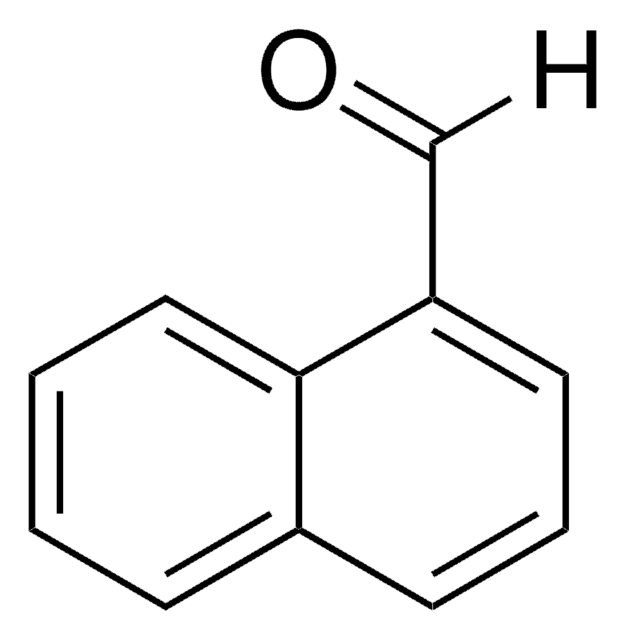W274305
2-Methyl-3-(p-isopropylphenyl)propionaldehyde
≥95%, FCC, FG
Synonym(s):
Cyclamen aldehyde
About This Item
Recommended Products
biological source
synthetic
Quality Level
grade
FG
Halal
Kosher
Agency
meets purity specifications of JECFA
reg. compliance
EU Regulation 1334/2008 & 872/2012
FCC
FDA 21 CFR 172.515
Assay
≥95%
refractive index
n20/D 1.505 (lit.)
bp
270 °C (lit.)
density
0.95 g/mL at 25 °C (lit.)
application(s)
flavors and fragrances
Documentation
see Safety & Documentation for available documents
food allergen
no known allergens
Organoleptic
green; floral
SMILES string
CC(C)c1ccc(CC(C)C=O)cc1
InChI
1S/C13H18O/c1-10(2)13-6-4-12(5-7-13)8-11(3)9-14/h4-7,9-11H,8H2,1-3H3
InChI key
ZFNVDHOSLNRHNN-UHFFFAOYSA-N
Signal Word
Warning
Hazard Statements
Precautionary Statements
Hazard Classifications
Aquatic Chronic 3 - Skin Irrit. 2 - Skin Sens. 1B
Storage Class Code
10 - Combustible liquids
WGK
WGK 2
Flash Point(F)
228.2 °F - closed cup
Flash Point(C)
109 °C - closed cup
Personal Protective Equipment
Choose from one of the most recent versions:
Already Own This Product?
Find documentation for the products that you have recently purchased in the Document Library.
Customers Also Viewed
Our team of scientists has experience in all areas of research including Life Science, Material Science, Chemical Synthesis, Chromatography, Analytical and many others.
Contact Technical Service

